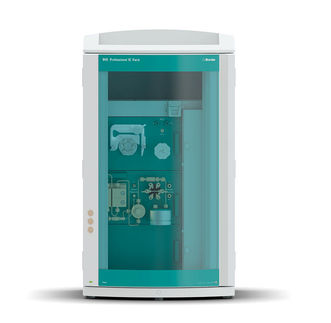To use all functions of this page, please activate cookies in your browser.
my.chemeurope.com
With an accout for my.chemeurope.com you can always see everything at a glance – and you can configure your own website and individual newsletter.
- My watch list
- My saved searches
- My saved topics
- My newsletter
Ye'elimiteYe'elimite is the mineralogical name of calcium sulfoaluminate, Ca4(AlO2)6SO4. It gets its name from Har Ye'elim in Israel where it was first found in nature. It is alternatively called "Klein's Compound", after Alexander Klein of the University of California, Berkeley, who experimented with sulphoaluminate cements around 1960, although it was first described in 1957 by Ragozina[1]. Ye'elimite is most commonly encountered as a constituent of sulfoaluminate cements[2], in which it is manufactured on the million-tonne-per-annum scale. It also occasionally occurs adventitiously in Portland-type cements[3]. On hydration in the presence of calcium and sulfate ions, it forms the insoluble, fibrous mineral ettringite, which provides the strength in sulfoaluminate concretes. Product highlightIt is manufactured by heating the appropriate quantities of finely-ground alumina, calcium carbonate and calcium sulfate to around 1000-1100°C, preferably in the presence of small quantities of fluxing materials. On heating above 1350°C, it begins to decompose to tricalcium aluminate, calcium oxide, sulfur dioxide and oxygen. The mineral[4] is cubic, with 16 formula units per unit cell, and a cell dimension of 1.8392 nm, and is readily detected and quantified in mixtures by powder x-ray diffraction.
Notes
Linkshttp://www.mindat.org/min-4356.html Categories: Sulfate minerals | Cement |
| This article is licensed under the GNU Free Documentation License. It uses material from the Wikipedia article "Ye'elimite". A list of authors is available in Wikipedia. |







